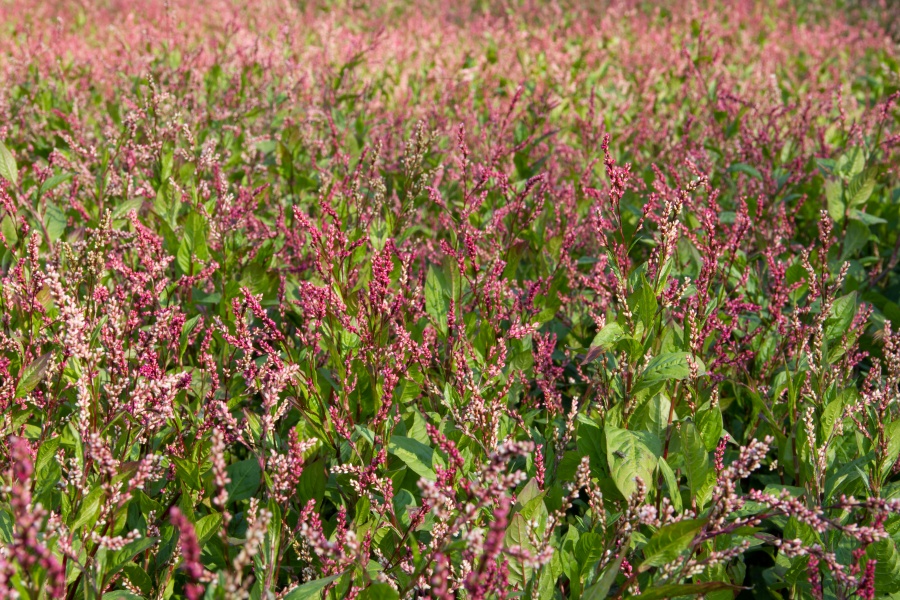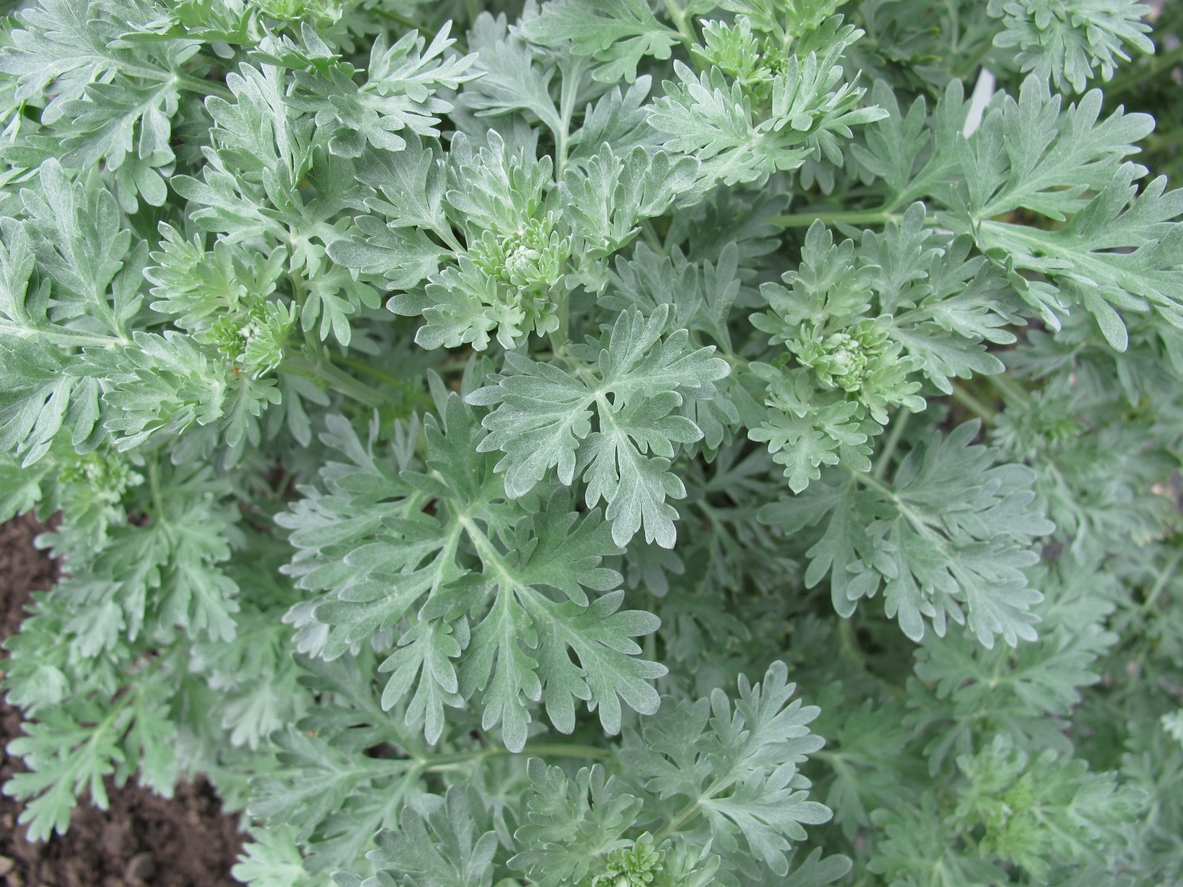How To Grow And Care For A Bayberry Plant
Bayberry is a beautiful shrub that is native to North America. It is known for its pleasant scent and its ability to attract wildlife. Bayberry is classified as MYRICA PENNSYLVANICA and it belongs to the Myricaceae family. This species is an evergreen shrub that reaches a height of 6 to 12 feet tall and a width of 6 to 8 feet. Its leaves are oval, dark green, and glossy. The plant produces small, round berries that are grayish-white and waxy.

Plant Attributes
Bayberry is a low-maintenance plant that can adapt to a wide range of growing conditions. This plant grows best in full sun to partial shade and well-drained soil. It can tolerate a variety of soil types, including sandy, loamy, and rocky soils. Bayberry is also tolerant of salt spray and can be grown in coastal areas. The plant is hardy in USDA zones 3 to 7 and has a moderate growth rate. Bayberry is drought-tolerant and deer-resistant.
Plant Care
Bayberry is a relatively easy plant to care for. When planting, make sure to choose a site with well-drained soil and full sunlight. Water the plant regularly during the first growing season to help establish a healthy root system. Once established, bayberry is drought-tolerant and needs only occasional watering. Fertilization is not usually necessary, as bayberry can obtain the nutrients it needs from the soil. However, a slow-release fertilizer can be used in the spring if desired.
Pruning
Bayberry does not require much pruning. However, it can be pruned to maintain its shape or to remove any damaged or dead wood. The best time to prune bayberry is in the late winter or early spring before new growth begins. Pruning during this time will help to promote new growth and maintain the plant's shape.
Propagation
Bayberry can be propagated by seed or cuttings. To propagate by seed, collect the berries in the fall and remove the fleshy outer layer. Sow the seeds in a well-drained soil mix and keep the soil moist. The seeds will germinate in 4 to 6 weeks. To propagate by cuttings, take 4- to 6-inch cuttings of new growth in the summer and dip them in rooting hormone. Plant the cuttings in a well-drained soil mix and keep the soil moist. The cuttings will root in 6 to 8 weeks.
Potting & Repotting
Bayberry is best grown in the ground, but it can be grown in a container if necessary. Choose a container that is large enough to accommodate the plant's root system and use a well-drained soil mix. Bayberry does not require repotting, but the top inch of soil should be replaced with fresh soil mix once a year to maintain soil fertility.
Common Pests & Plant Disease
Bayberry is relatively pest-free, but it can be susceptible to leaf spot and powdery mildew. To prevent these diseases, make sure to provide good air circulation around the plant and avoid overhead watering. If a disease does occur, remove infected leaves and dispose of them. Neem oil can be used to control powdery mildew.
Common Problems
One common problem with bayberry is deer browsing. If deer are a problem in your area, consider planting bayberry in a protected area or using a deer repellent. Another common problem is salt damage. If bayberry is planted in a coastal area, make sure to rinse the plant with fresh water regularly to prevent salt buildup.
Overall, bayberry is a beautiful and low-maintenance shrub that can be a great addition to any garden. Its attractive foliage, sweet scent, and ability to attract wildlife make it a popular choice for landscapers and gardeners alike. Whether you are looking for a shrub for a coastal garden or simply want to add some interest to your landscape, bayberry is definitely worth considering.




Post a Comment for "How To Grow And Care For A Bayberry Plant"